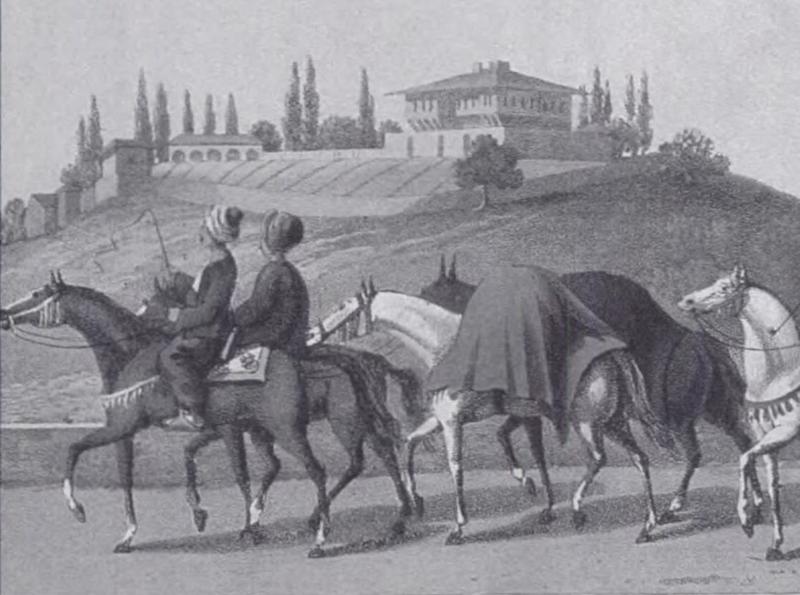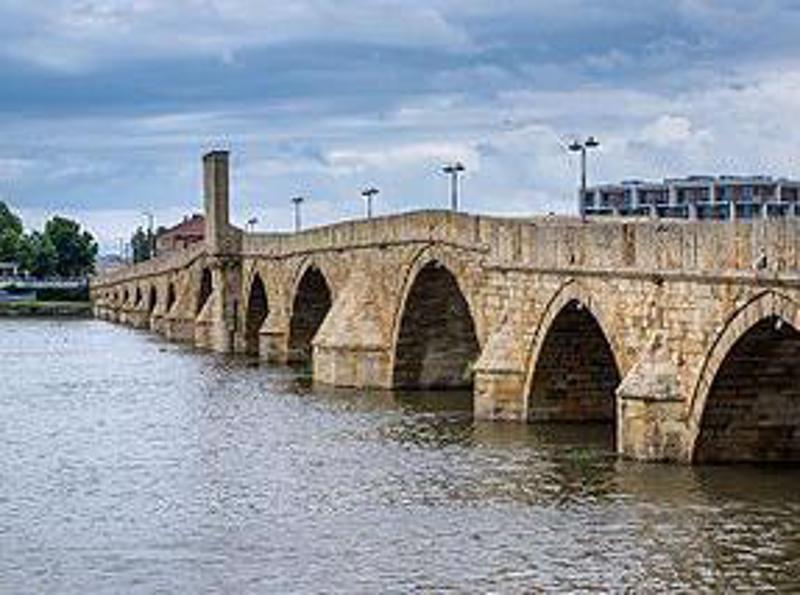NVCC History of Western Civ. Final Project
Your journey starts in Bulgaria. You are about to cross the Svilengrad bridge. The Ottoman Empire was vast, but it lacked a central authority in charge of building infrastructure. It was the contribution of individuals that enabled the building of so many bridges and other structures that eased the hardships of overland travel. Their patronage shaped the patterns of the Balkan trade routes. High-ranking officials were acting on their own accord when they financed large-scale building projects, but these gestures also supported imperial Ottoman aims. This was called the vakif system. In Bosnia and Hercegovina alone, two hundred and thirty-two inns, eight caravanserais, ten bedestans, and forty-two bridges were built using this system. Together they made a purpose-built system of "menzils", or stopping places, forming a chain that enabled a surge of overland travel in the sixteenth century. Ideally, they were built within a day's travel of each other.
The Svilengrad bridge is 295 meters long. It is multi-arched and made of stone. Its patron is Çoban Mustafa Pasha. Crossing the bridge are two other merchants on horseback, one coming from The Republic of Ragusa carrying satchels full of silk, one pulling a cart with silver and iron from the mines in Macedonia. They are both headed to the capital, traveling in the opposite direction as you. The silk will be delivered to the royal palace and made into royal garb. Due to the strategic position of the Ragusan Republic, its special partnership with the Ottoman Empire enabled it certain privileges along the trade route. One of those privileges was the lowest-of-all customs rate (in comparison to all the other groups of people) in the Empire. Ragusans’ paid only two percent on imports to the capital. Silver and iron, which are particularly important to the Empire, will be minted into coins and made into weapons.
maggiebabic
6 chapters
6 Mar 2021
Svilengrad Bridge
February 01, 1581
|
Svilengrad, Bulgaria
Your journey starts in Bulgaria. You are about to cross the Svilengrad bridge. The Ottoman Empire was vast, but it lacked a central authority in charge of building infrastructure. It was the contribution of individuals that enabled the building of so many bridges and other structures that eased the hardships of overland travel. Their patronage shaped the patterns of the Balkan trade routes. High-ranking officials were acting on their own accord when they financed large-scale building projects, but these gestures also supported imperial Ottoman aims. This was called the vakif system. In Bosnia and Hercegovina alone, two hundred and thirty-two inns, eight caravanserais, ten bedestans, and forty-two bridges were built using this system. Together they made a purpose-built system of "menzils", or stopping places, forming a chain that enabled a surge of overland travel in the sixteenth century. Ideally, they were built within a day's travel of each other.
The Svilengrad bridge is 295 meters long. It is multi-arched and made of stone. Its patron is Çoban Mustafa Pasha. Crossing the bridge are two other merchants on horseback, one coming from The Republic of Ragusa carrying satchels full of silk, one pulling a cart with silver and iron from the mines in Macedonia. They are both headed to the capital, traveling in the opposite direction as you. The silk will be delivered to the royal palace and made into royal garb. Due to the strategic position of the Ragusan Republic, its special partnership with the Ottoman Empire enabled it certain privileges along the trade route. One of those privileges was the lowest-of-all customs rate (in comparison to all the other groups of people) in the Empire. Ragusans’ paid only two percent on imports to the capital. Silver and iron, which are particularly important to the Empire, will be minted into coins and made into weapons.


Share your travel adventures like this!
Create your own travel blog in one step
Share with friends and family to follow your journey
Easy set up, no technical knowledge needed and unlimited storage!